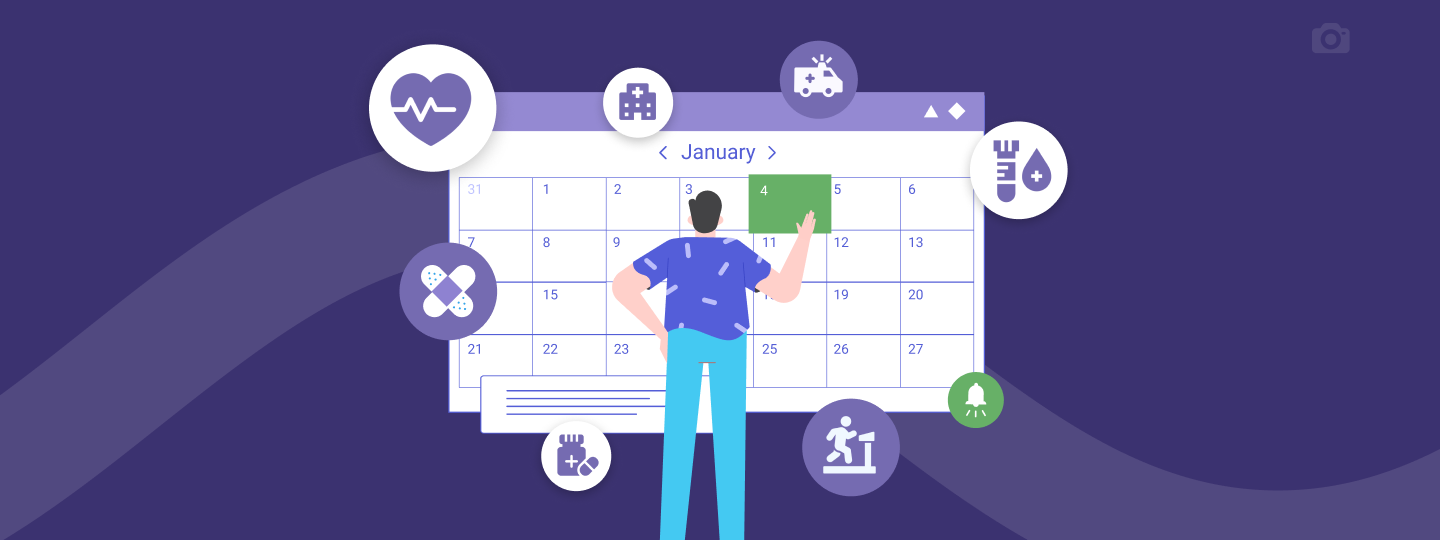Data is being beamed everywhere. Brands just have to know how to grab and make good use of it. Consensually, of course. Brick-and-mortar stores that sell Fast Moving Consumer Durables (FMCD) often leave many stones unturned. FMCD brands include products like household appliances, electronic gadgets, tools, and sporting equipment.


🤷🏻♀️ What just happened?
If you’re a sharp marketer, you may have just noticed a missed opportunity for the brand. When a user rings up a brand, the user’s phone number is logged into the system. Phone numbers make for excellent unique identifiers.
The brand, using an IVR integration, could have jotted down additional user details like name and email address (another unique identifier) to keep the user journey alive.

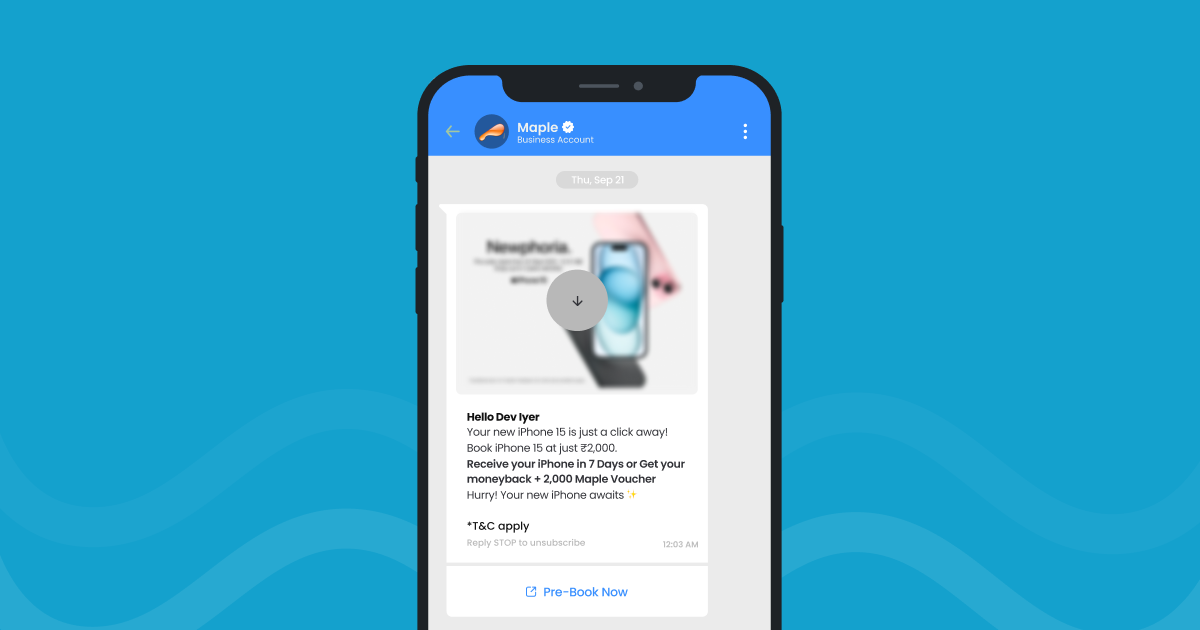
💡 What did the FMCD brand miss?
Imagine you have 50 such callers on a given day, and the price of each iPhone is Rs. 85000.
By not acting on the inquiries, a given retailer/reseller is losing out on Rs.42,50,000 worth of business. That’s a staggering amount off the table.
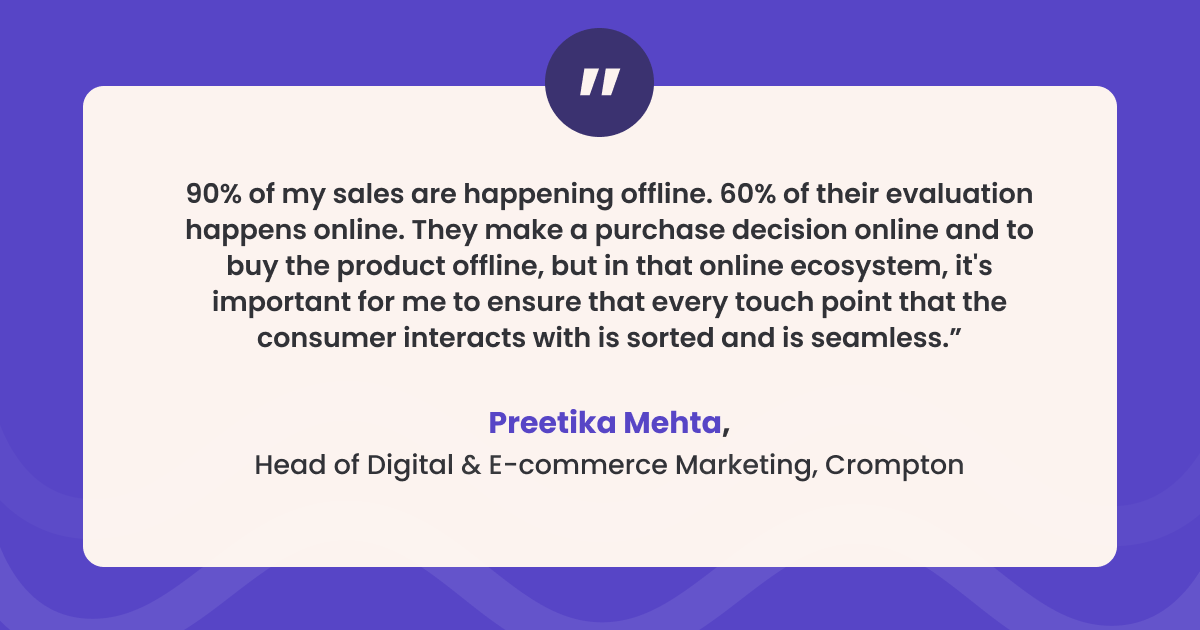
But money isn’t the only loss here. First-party data is the most invaluable commodity in the world.
In the above case, the conspicuous user-specific data could have been utilized for marketing campaigns across different channels like WhatsApp and SMS. Losing the opportunity to record first-party data loses you customers and deflects them to a competitor.
🧠 How to be smart about this?
By using a starter kit that looks like this:
1. Interactive Voice Response (IVR) System
To systematically record call information, you must find an IVR partner, set up the system, and integrate it with a campaign management tool using an API.
Setting up a well-structured IVR system can let you collect unique identifiers as well as ancillary details for hyper-personalized targeting.
2. Customer Data Platform (CDP)
A CDP is a packaged software that aggregates and unifies customer data from various sources to provide a 360-degree view of a user.
A CDP is useful in collecting user-specific information from data sources (in this case, an IVR system) and consolidating the info for marketing campaigns.
Not only that, besides centralizing data, it also has analytical capabilities to make sense of the data for heightened decision-making.
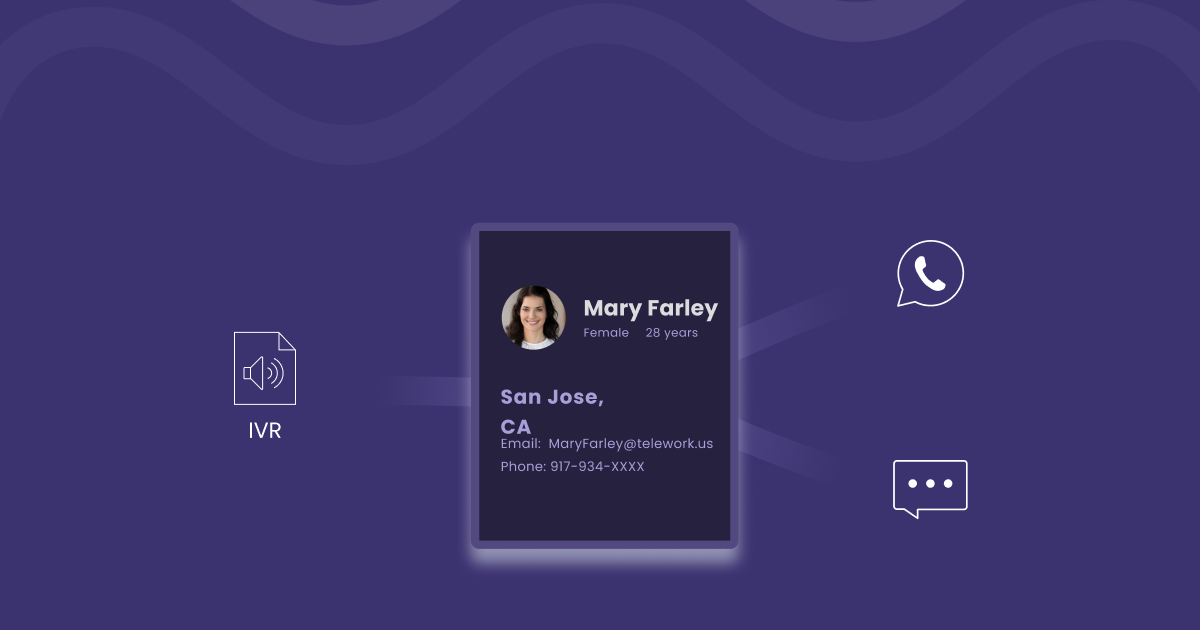
3. Campaign Management Tool
After collecting and consolidating data, the channels you’d be using to engage with users, namely WhatsApp and SMS, need to be set up and undergo template whitelisting by Meta and the governing TELCO body (TRAI in India), respectively. A campaign management tool can help you get set up, and once your channels are up and running, you are ready to target the users with relevant communications.
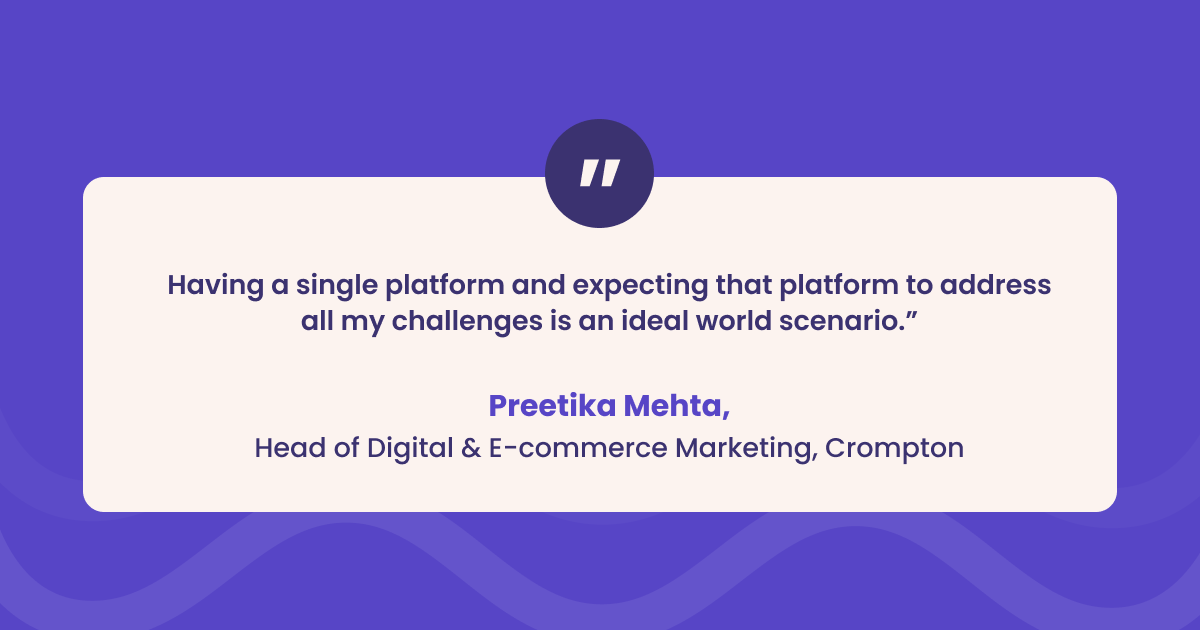
Some advanced lightweight platforms like WebEngage do actually combine the functions of a CDP, campaign management, and marketing automation. To understand the inner workings of a CDP in great detail, check out our CDP guide.
🤔 What’s next?
It’s almost baffling to realize the endless possibilities of communications made possible by setting up the above components for omnichannel marketing.
FMCD brands can use WhatsApp and SMS not just for inquiry alerts but for festive marketing, seasonal offers, promotional discounts, and customer support.
These high-intent touchpoints are often overlooked and need streamlining. At WebEngage, we have been doing this day in and day out for 800+ brands with our own easy-to-use campaign management platform powered by our state-of-the-art CDP and our marketing automation capabilities that put your entire marketing on autopilot.
If the above example is any indicator, it’s that opportunities are always lurking around the corner. Sometimes in the form of data and often in the form of a free demo with WebEngage. If you are curious to learn more about connecting the dots, we will do it for you.





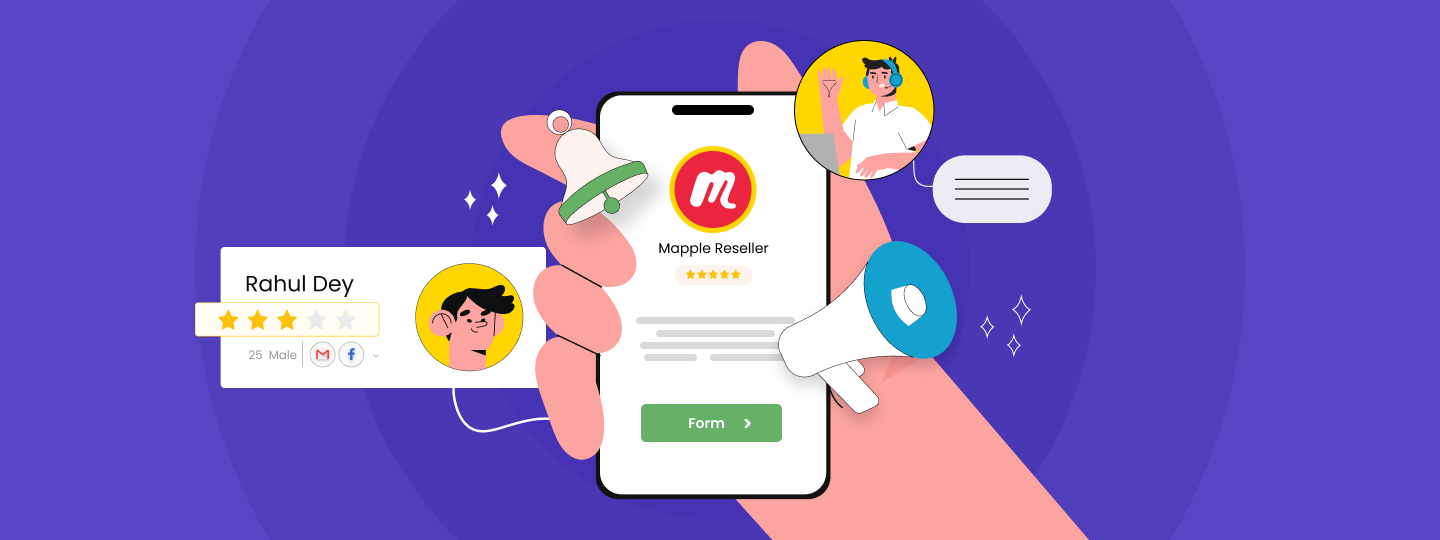


 Vanhishikha Bhargava
Vanhishikha Bhargava
